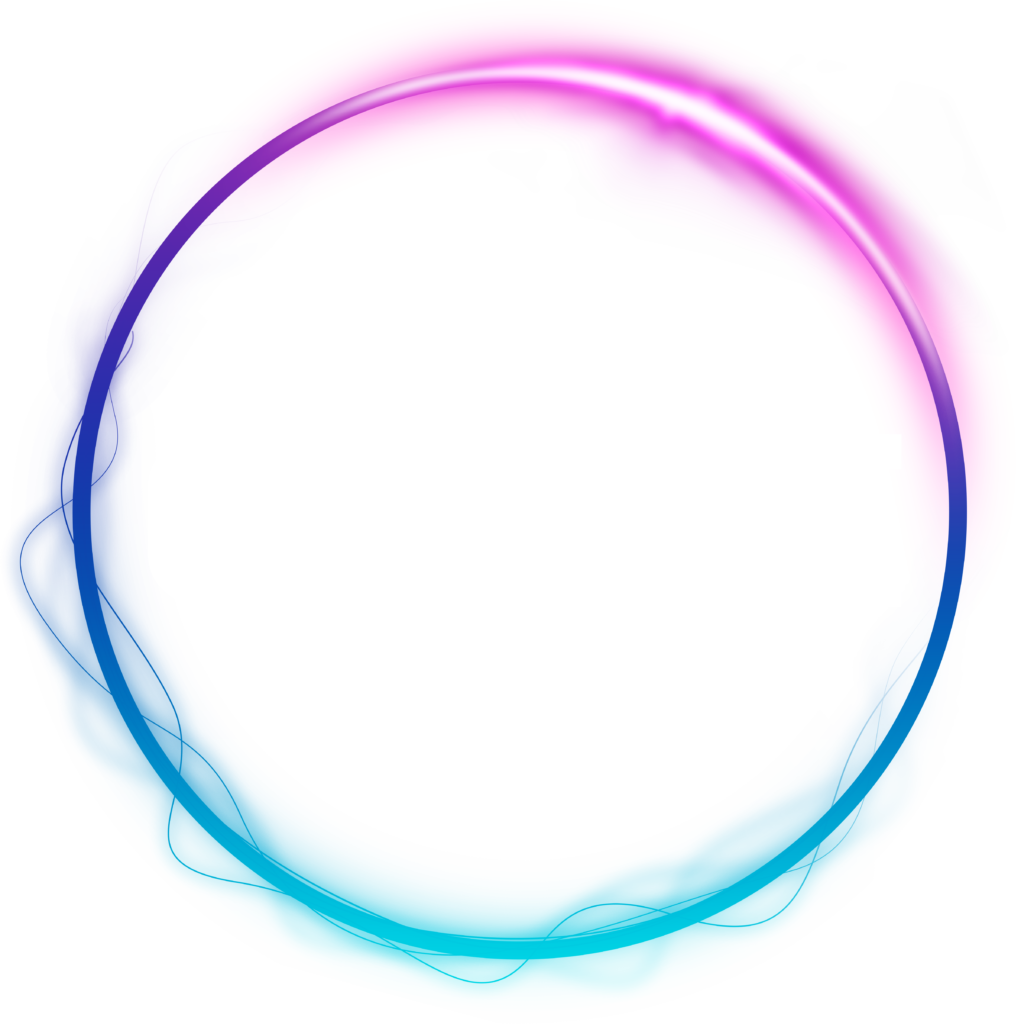Due to worries about centralised control, data privacy, and censorship, the idea of a decentralised internet has gained popularity in recent years. The idea of a decentralised internet promises greater security, user autonomy, and freedom of expression. It is difficult to create a truly decentralised internet, though.
As the Internet has become a modern-day necessity, there is a growing push to liberate it from the grip of regulatory authorities and monopolistic tech behemoths. Internet users are increasingly wary of companies that have access to their most private and delicate information.
These difficulties have made way for a novel idea: a decentralized Internet based on open-source blockchain networks. Numerous initiatives aim to replace crucial components of the online infrastructure with distributed, peer-to-peer systems that do not rely on a single middleman or single point of failure.
Here are some of the problems associated with constructing a decentralized internet, including technical hurdles, scalability issues, governance concerns, and adoption barriers.
Technical Hurdles:
The fundamental infrastructure that supports the current centralised model must be rethought in order to create a decentralised internet. Blockchain and other distributed ledger technologies have shown promise in achieving decentralisation. Blockchain is still not widely used for complex internet applications due to its inherent drawbacks, such as scalability and energy consumption. For developers and engineers, it still presents a significant challenge to get past these technical obstacles while maintaining security and performance.
Scalability and Efficiency:
Scalability and efficiency are complexities that are brought on by decentralisation. It is difficult to achieve the same level of speed and efficiency as a centralised system in a decentralised internet because data and computing resources are dispersed across numerous nodes. The internet’s decentralised structure may lead to slower data retrieval and transaction processing times, which can hurt user adoption. Building a workable decentralised internet requires balancing decentralisation with scalability and efficiency, which is a significant challenge.
Governance and Coordination:
To protect the integrity of the network and settle disputes, decentralisation needs a strong governance model. Decentralised internets present difficulties in reaching consensus and coordinating actions because decision-making authority is shared among users. It is critical to establish efficient governance mechanisms that balance democratic participation with effective decision-making. Without proper governance, decentralized networks can become vulnerable to manipulation, fragmentation, or exploitation.
User Experience and Adoption:
For a decentralized internet to succeed, it must offer a user experience comparable to or better than the centralized alternatives. User-friendly interfaces, seamless integration with existing applications, and intuitive functionalities are essential for widespread adoption. For the purpose of establishing a critical mass of participants, it is also essential to inform and encourage users to embrace decentralised technologies and concepts. To ensure a smooth transition to a decentralised internet, breaking through the adoption barrier necessitates both technological innovation and user-centered design.
Interoperability and Standardization:
Security and Trust:
Decentralisation seeks to improve security and trust by eliminating single points of failure. It does, however, also present fresh security difficulties. Although blockchain technology has built-in security measures, it is still susceptible to weaknesses and attacks. Building robust security measures and frameworks to safeguard data, transactions, and user identities is crucial for the success of a decentralized internet.


